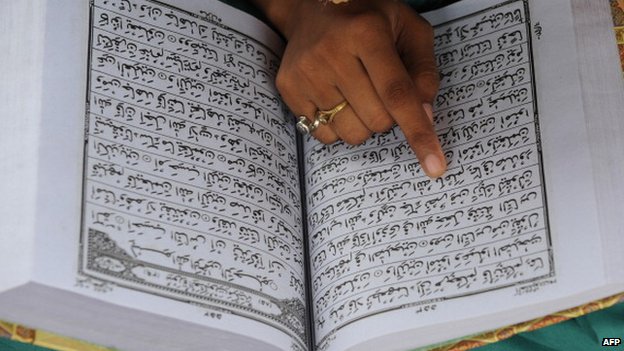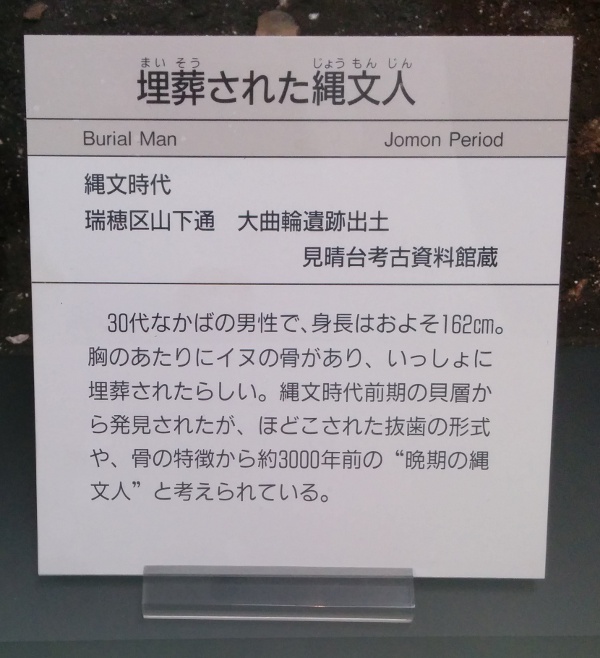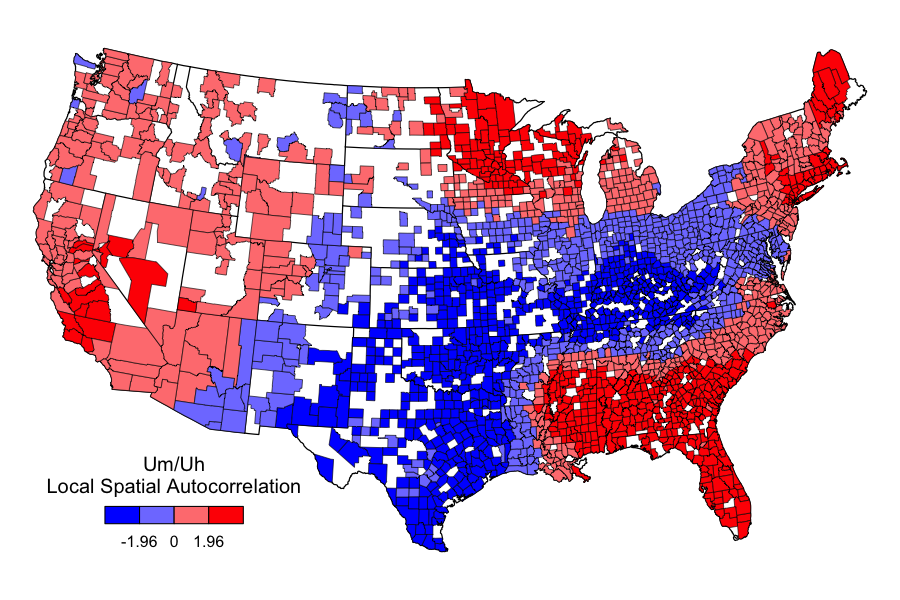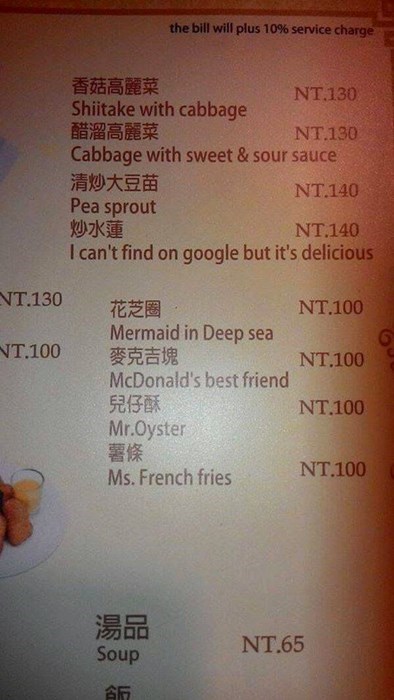Biscriptal juxtaposition in Chinese
We have often seen how the Roman alphabet is creeping into Chinese writing, both for expressing English words and morphemes that have been borrowed into Chinese, but also increasingly for writing Mandarin and other varieties of Chinese in Pinyin (spelling). Here are just a few earlier Language Log posts dealing with this phenomenon:
"A New Morpheme in Mandarin" (4/26/11)
"Zhao C: a Man Who Lost His Name" (2/27/09)
"Creeping Romanization in Chinese" (8/30/12)
Now an even more intricate application of alphabetic usage is developing in internet writing, namely, the juxtaposition and intertwining of simultaneous phrases with contrasting meaning. Here are a couple of examples:
Read the rest of this entry »



